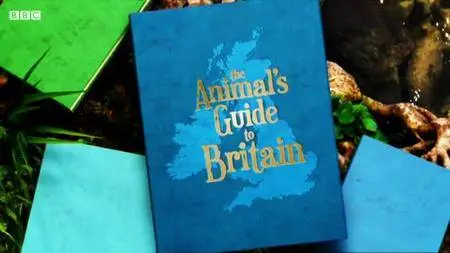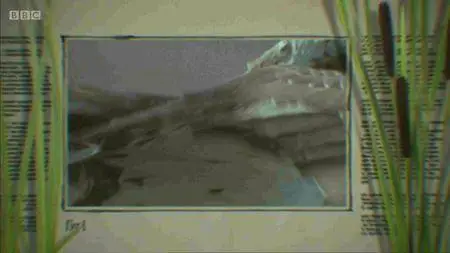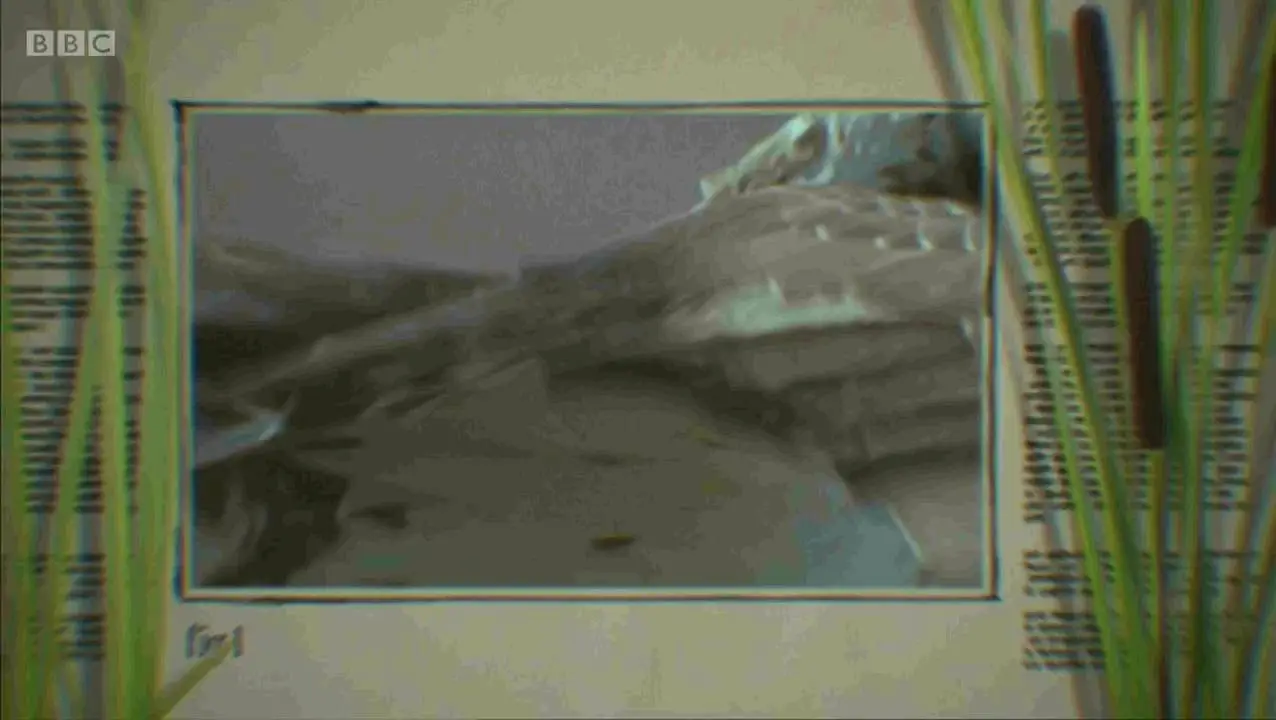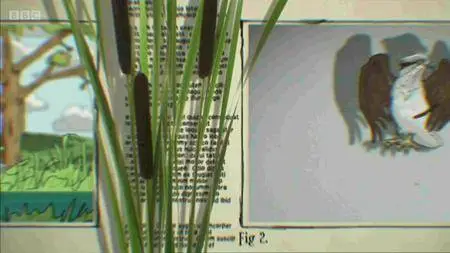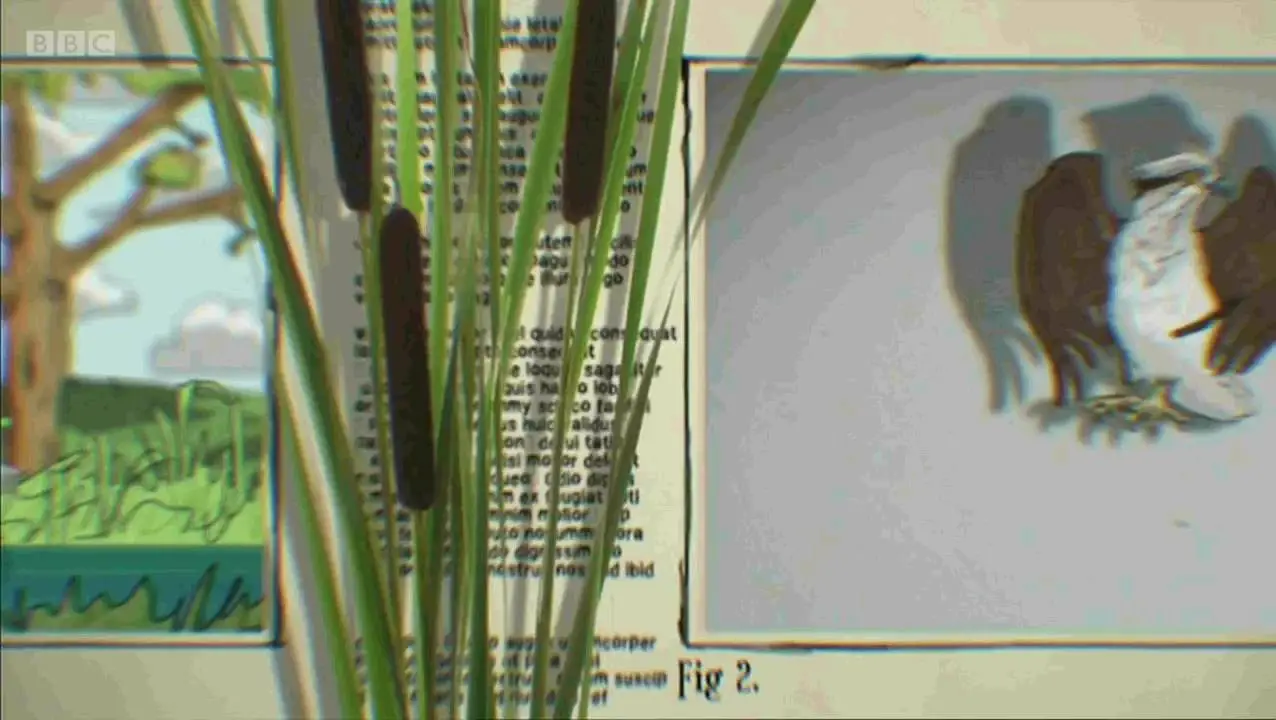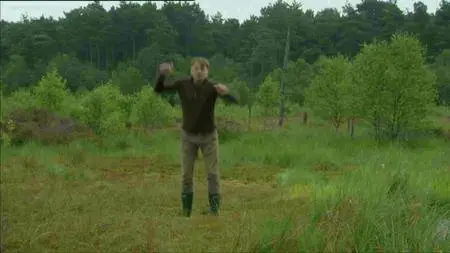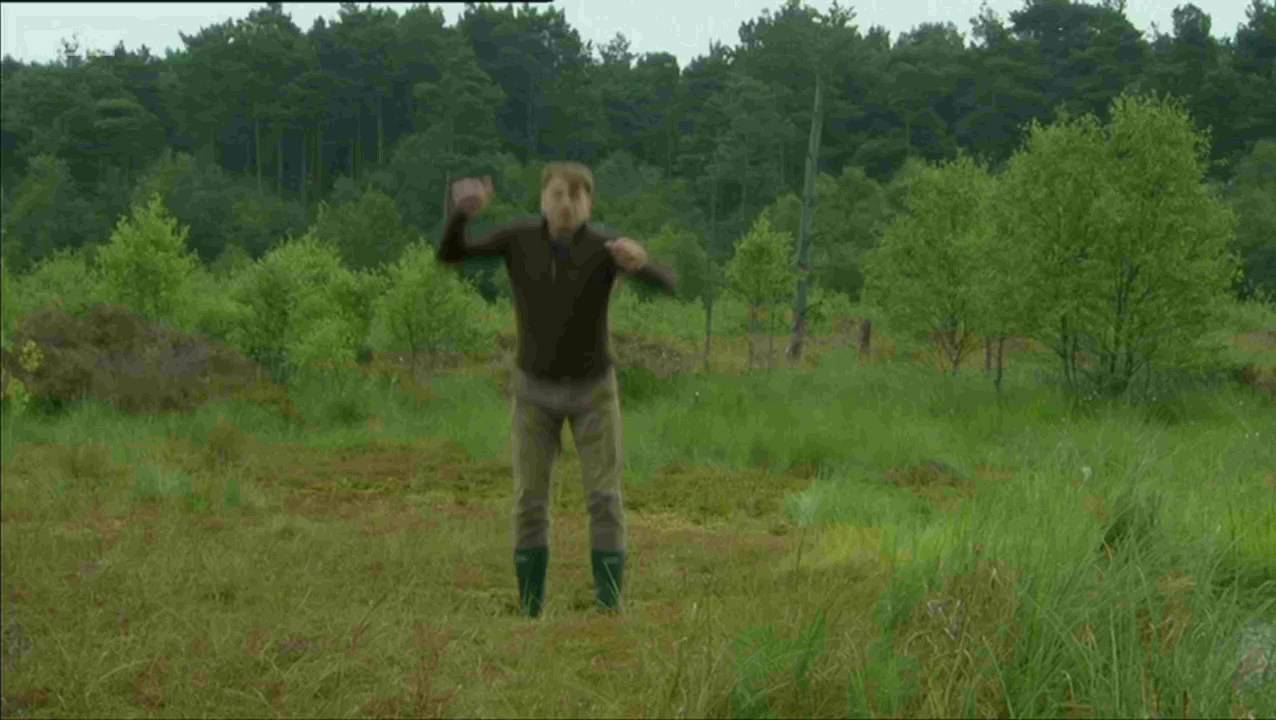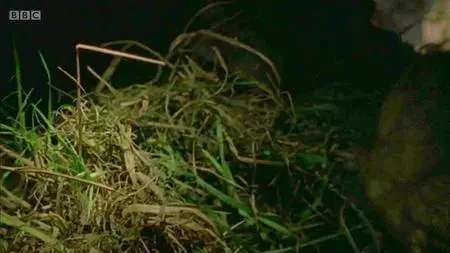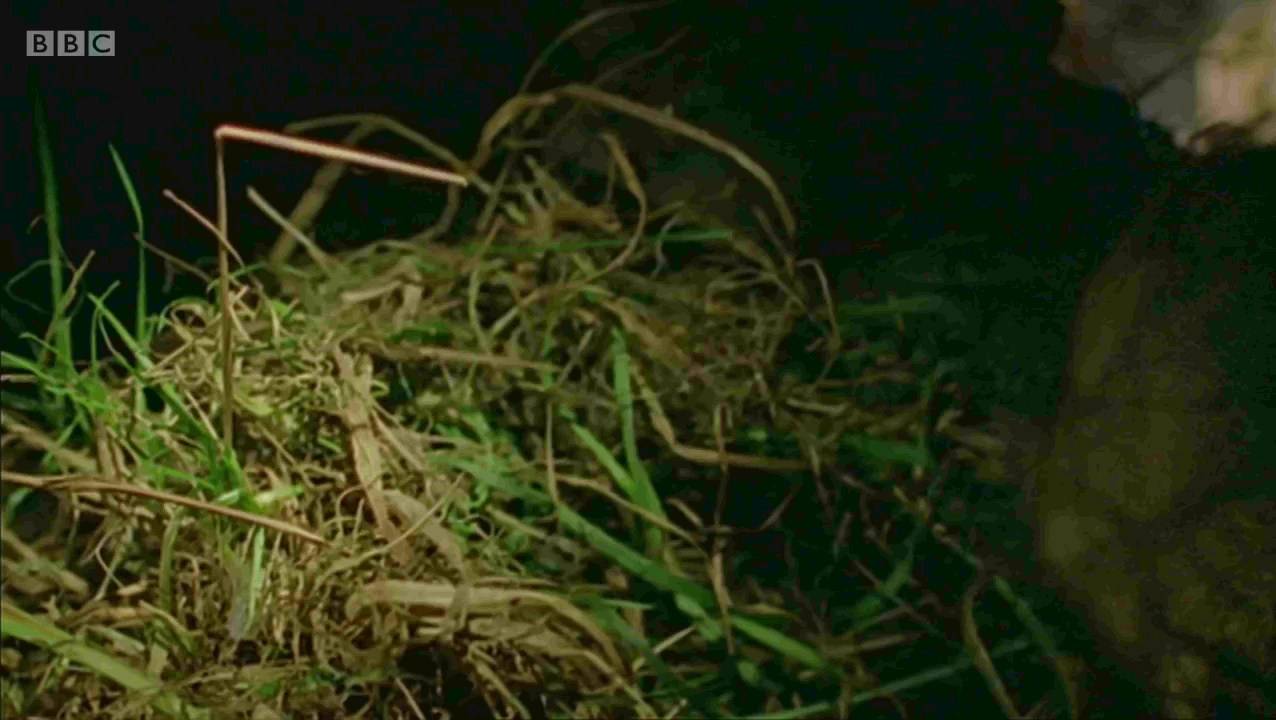BBC - The Animals Guide to Britain (2011)
HDTV | 1276x720 | .MP4/AVC @ 3242 Kbps | 4x~59min | 5.60 GiB
Audio: English AAC 160 kbps, 2 channels | Subs: None
Genre: Documentary
Chris Packham presents the series that examines Britain from an animal's point of view. Each week he encounters an elite group of five animals each of which senses the world in a very different way. By understanding their needs, problems and histories on these islands, Chris reveals what they make of modern Britain - and its humans.
Part 1: Freshwater Animals
This time Chris looks at freshwater animals. In the Highlands, Chris witnesses a fabulous fishing display by ospreys and, in Poole Harbour, learns how to tempt them to nest much further south. He investigates what white faced darter dragonflies, black water voles and brown trout can tell us about the changing nature of our waterways. And he discovers the grisly truth behind why beavers became extinct here, some 400 years ago.
Part 2: Grassland Animals
This time Chris looks at grassland animals. Chris burrows into the grassland himself so that he can observe the eating habits of starlings, clever and well-adapted grassland predators. British starlings have had their ups and downs: they were once so common that they famously stopped Big Ben due to numbers perching on the clock hands, but nowadays their food supply is dwindling, thanks to modern pesticides. There are new revelations about how honeybees - insects vital for our future - manage to collect nectar and pollen. And how horseshoe bats, brown hares and barn owls are all learning to adapt to modern Britain in different ways.
Part 3: Woodland Animals
This time Chris looks at woodland animals. Chris meets our top woodland predator, the goshawk. With the use of high speed photography, Chris demonstrates how these impressive raptors twist and turn in flight to negotiate dense thicket, something which could account for the forests that they like to inhabit in Britain. Chris also meets the hedgehog, the animal that gets the best National Health Service after humans; and the fallow deer, an animal that has been so pampered through history that it has sometimes been treated better than its human neighbours. Chris discovers that stag beetles rarely move beyond the M25 when looking for a home - a nice piece of rotting wood to live in. And he meets a man who is so determined to make Britain a better home for the red squirrel, that he wants the rest of us to eat the grey ones.
Part 4: Coastal Animals
This time Chris looks at coastal animals. Chris investigates why the waters and coastlines of the UK are the most popular places in the world for two of our coastal species: the grey seal and the Manx shearwater. He also makes a stand for an animal that he considers much misunderstood - the British gull. And he meets two animals which have truly extraordinary ways of sensing Britain's coastal environments - the shore crab which finds its way around by smelling through its feet; and the bottlenose dolphin which can identify a fish at 200 paces in the pitch black, using echolocation.
General
Complete name : BBC.The.Animals.Guide.to.Britain.1of4.Freshwater.Animals.720p.mp4
Format : MPEG-4
Format profile : Base Media
Codec ID : isom
File size : 1.40 GiB
Duration : 59mn 9s
Overall bit rate mode : Variable
Overall bit rate : 3 396 Kbps
Video
ID : 1
Format : AVC
Format/Info : Advanced Video Codec
Format profile : High@L4.1
Format settings, CABAC : Yes
Format settings, ReFrames : 4 frames
Codec ID : avc1
Codec ID/Info : Advanced Video Coding
Duration : 58mn 58s
Bit rate : 3 242 Kbps
Maximum bit rate : 9 652 Kbps
Width : 1 276 pixels
Height : 720 pixels
Display aspect ratio : 16:9
Frame rate mode : Variable
Frame rate : 25.000 fps
Minimum frame rate : 8.333 fps
Maximum frame rate : 25.000 fps
Color space : YUV
Chroma subsampling : 4:2:0
Bit depth : 8 bits
Scan type : Progressive
Bits/(Pixel*Frame) : 0.141
Stream size : 1.34 GiB (95%)
Encoding settings : cabac=1 / ref=1 / deblock=1:0:0 / analyse=0x3:0x3 / me=dia / subme=1 / psy=1 / psy_rd=1.00:0.00 / mixed_ref=0 / me_range=16 / chroma_me=1 / trellis=0 / 8x8dct=1 / cqm=0 / deadzone=21,11 / fast_pskip=1 / chroma_qp_offset=0 / threads=3 / lookahead_threads=1 / sliced_threads=0 / nr=0 / decimate=1 / interlaced=0 / bluray_compat=0 / constrained_intra=0 / bframes=3 / b_pyramid=2 / b_adapt=1 / b_bias=0 / direct=1 / weightb=1 / open_gop=0 / weightp=1 / keyint=250 / keyint_min=25 / scenecut=40 / intra_refresh=0 / rc_lookahead=0 / rc=crf / mbtree=0 / crf=22.0 / qcomp=0.60 / qpmin=0 / qpmax=69 / qpstep=4 / vbv_maxrate=62500 / vbv_bufsize=78125 / crf_max=0.0 / nal_hrd=none / filler=0 / ip_ratio=1.40 / pb_ratio=1.30 / aq=1:1.00
Encoded date : UTC 2016-10-04 22:03:17
Tagged date : UTC 2016-10-05 10:35:04
Color range : Limited
Color primaries : BT.709
Transfer characteristics : BT.709
Matrix coefficients : BT.709
Audio
ID : 2
Format : AAC
Format/Info : Advanced Audio Codec
Format profile : LC
Codec ID : 40
Duration : 58mn 58s
Bit rate mode : Variable
Bit rate : 160 Kbps
Maximum bit rate : 190 Kbps
Channel(s) : 2 channels
Channel positions : Front: L R
Sampling rate : 48.0 KHz
Compression mode : Lossy
Stream size : 67.7 MiB (5%)
Text
ID : 3
Format : Timed Text
Codec ID : tx3g
Duration : 59mn 9s
Bit rate mode : Variable
Bit rate : 95 bps
Stream size : 41.2 KiB (0%)
Screenshots:


